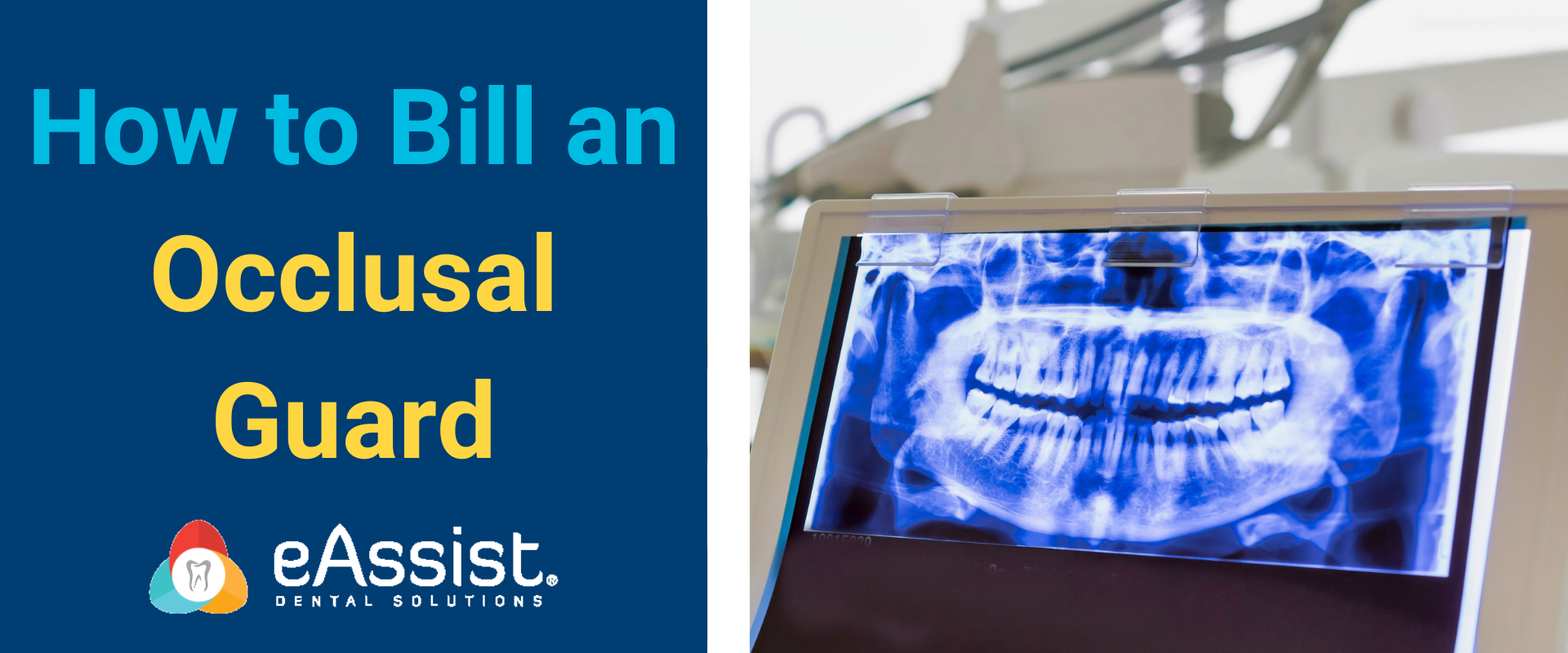Strange as it may seem, dealing with who is going to pay for dental services outweighs the long-term benefits for health in the long run of things. No one wants to pay more than they think they should. Complicated issues arise when a third party, the government or an insurance company, pays for services and the patient sees that role as defining their obligation to pay. Understand that Medicare, Medicaid and CHIPS are the government and PPO, HMO or Fee for Service are publicly or privately-owned business entities.
Dentists and patients alike often equate insurance payment for services as acceptance and approval of services. It isn’t. It is simply what the employer has purchased. The more expensive the policy, the more benefits. In network, the insurance company is being asked to pay for services that may or may not fit into the contract with the employer. If they don’t fit they don’t get paid even if the patient and the dentist both agree that the treatment is in the best interest of the patient.
Many dental practices become absorbed in presenting treatment with the thought of whether the policy will pay for the care or not. This is addressed to the patient during the visit as “we will check with your insurance to see if this is covered” before the patient inquires. It sends a message that “if it isn’t covered I shouldn’t need it”.
Presenting the treatment as what is the best treatment plan to get the patient healthy without considering how or if they can pay for it is the best course to follow. At the end of the presentation the following should be said by the treatment coordinator or business coordinator/office manager.
First, present the total cost of treatment if the treatment is completed together in a brief period or in appointments or phases amounts so that the estimates are not overwhelming. Often first phase treatment like periodontal treatments or endodontic treatments must be successful to determine the outcome of further restorative services.
“This is an estimated amount of coverage $__________ that your insurance may pay according to your group policy information. It is limited to mostly preventive and diagnostic service so that you are aware that your extensive work will require more out of pocket to get healthy. I have illustrated the estimated coverage on this treatment option form for your approval. Your share of costs is estimated at $___________. We offer a payment plan through (name of lender) that I can help you apply for now. We also accept cash, check or all major credit cards.”
Being transparent about payment options and insurance company benefits makes for a more trusting and compliant patient. Being knowledgeable about their policy helps build a bridge to understanding however never promise a payment from the insurance or give a guarantee of payment by the insurance. After all, they don’t tell us what they are going to pay and they don’t tell the patient either.







0 Comments